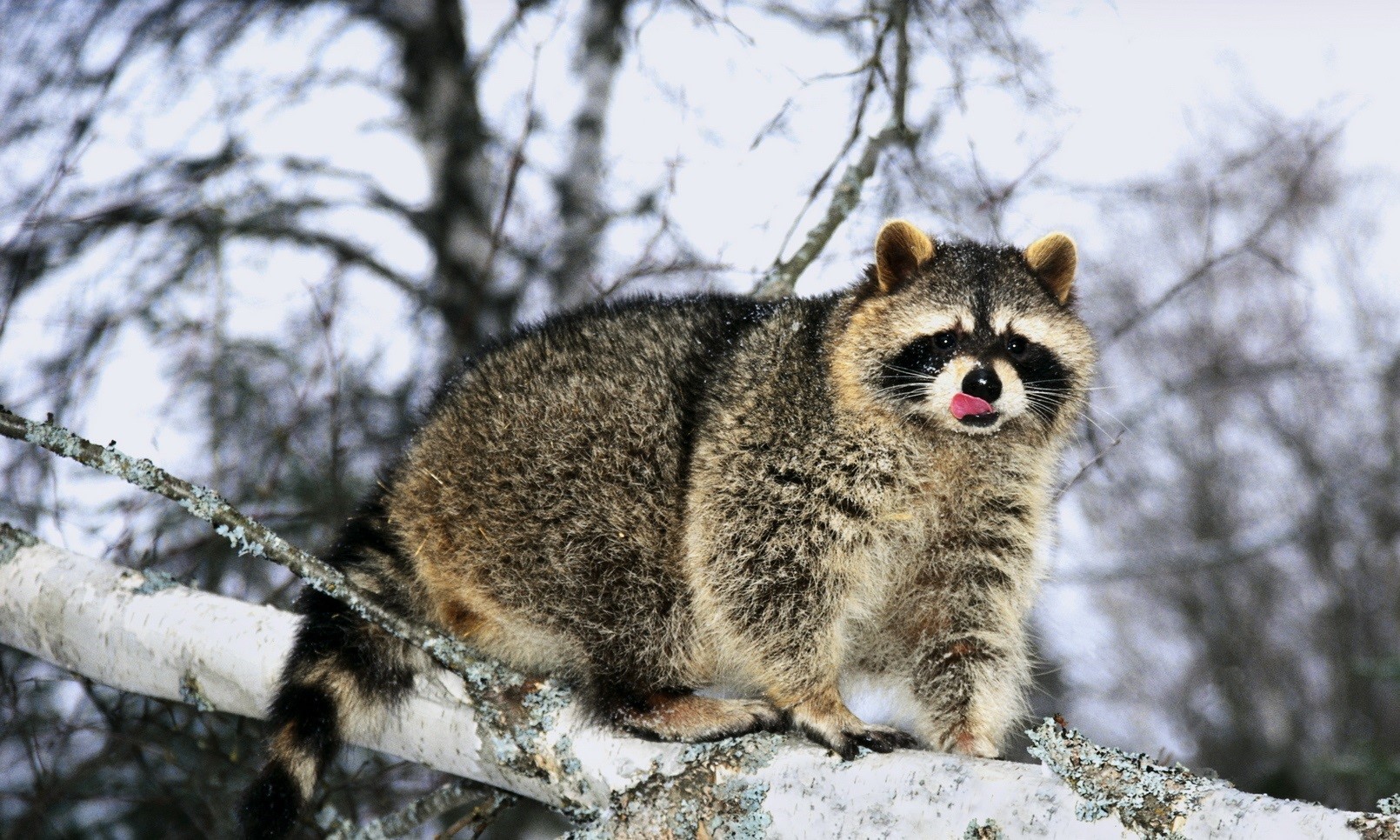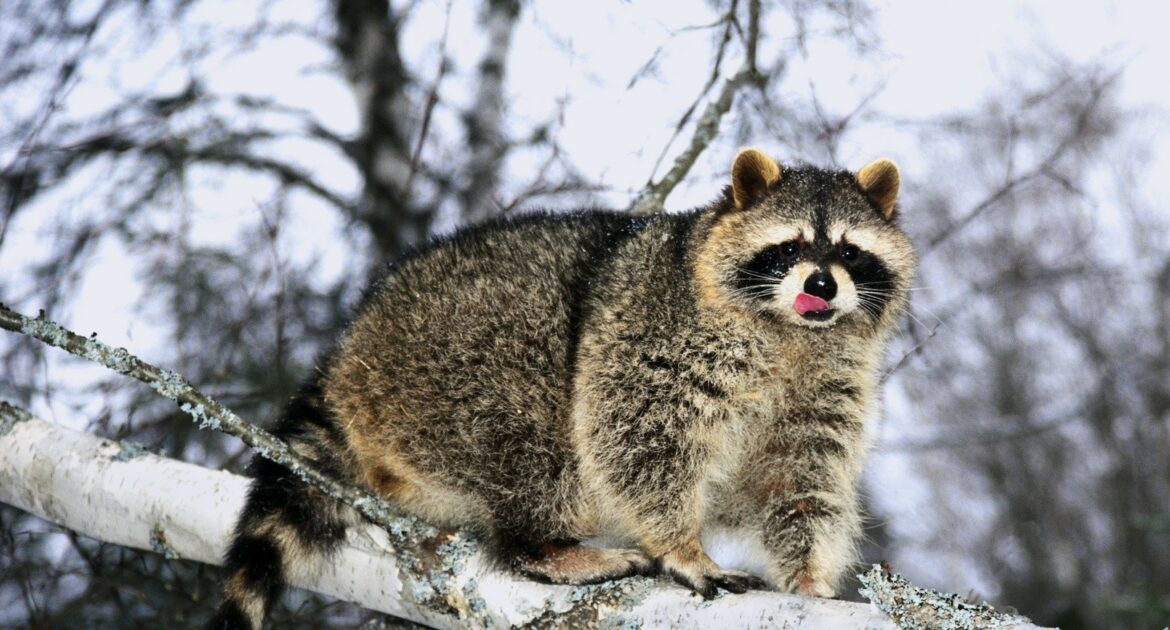As the chill of winter descends upon Scarborough, the creatures in our midst exhibit fascinating adaptations to the cold. Among this adaptable wildlife are raccoons, whose behaviour shifts dramatically with the changing seasons. Unlike the bears that hibernate through the harsh winter months, raccoons remain active, albeit with a notable decrease in their daily activities. This means homeowners might notice signs of raccoon activity even amidst the snow-laden landscape. Understanding these patterns is crucial, particularly when it comes to addressing the potential for increased raccoon removal needs during this time.
Winter months may bring more than just picturesque snowfall to your backyard. As temperatures drop, raccoons may become drawn towards warmer, sheltered environments—often leading them closer to human dwellings in search of food and safety. Familiarizing yourself with the nuances of raccoon activity during the winter can help you to anticipate potential issues and take preemptive action.
The blog will dive into how these seasonal changes impact raccoon habits, the significance of timely wildlife removal in Scarborough, and how Skedaddle Humane Wildlife Control can assist in managing raccoon presence, ensuring your home remains a safe and peaceful sanctuary throughout the winter.
Raccoons’ Winter Denning Behavior
During winter, raccoons become adept at finding cozy hideouts to escape the cold. They often prefer enclosed spaces that offer protection from the harsh elements. If you’re in a suburban area, your home might be more inviting than you think. Garages, sheds, and even attics provide the perfect refuge for these furry creatures. Keeping these areas sealed and secure can prevent unexpected house guests.
Raccoons have adapted well to suburban and urban settings, making homes and buildings their go-to shelters during winter. The abundance of human-provided resources, like trash bins, makes these environments attractive. It’s essential to secure garbage and any potential food sources to deter their interest in urban exploration.
Changes in Foraging Patterns
Raccoons display remarkable adaptability in their foraging habits as winter tightens its grip. When temperatures plummet, these clever creatures significantly cut down on their foraging excursions, opting instead to conserve energy by staying close to their dens. This change in behaviour is indicative of their instincts to prioritize survival over exploration during the challenging cold months.
Despite reducing their trips outside, raccoons intensify their scavenging efforts by seeking out easily accessible food sources. This shift often leads them to explore human environments for sustenance. Trash bins and compost piles become attractive alternatives in the absence of natural food sources. Homeowners are advised to secure these potential larders to minimize unintended raccoon encounters during this seasonal transition.
Periods of Reduced Activity
As winter blankets the landscape with freezing temperatures, raccoons engage in a fascinating survival strategy known as torpor. During prolonged cold spells, they enter this state of semi-hibernation, which allows them to significantly reduce their movement and metabolic rate. This physiological adaptation helps them conserve energy when it is most needed, minimizing their necessity to forage for food and water amidst the harsh conditions.
Interestingly, raccoons remain attuned to the weather, and on warmer winter days, they are much more inclined to emerge from their dens. When temperatures rise, even slightly, these opportunistic creatures quickly take advantage of the reprieve to seek out sustenance and hydration. This brief resurgence of activity provides them a crucial window to replenish energy reserves drained during their periods of torpor. It’s important for homeowners to be aware of these fluctuations, as they can prompt unexpected visits to more accessible food sources near human habitats.
Family Dynamics During Winter
In the cold grip of winter, raccoons display intriguing family dynamics as they adjust their habits for survival. Female raccoons, especially those with young offspring, adopt a cozy approach to the season, often sharing dens to conserve warmth and provide protection. This practice of den sharing not only fortifies their defences against the chill but also strengthens the bond between mother and kits during these critical months.
While female raccoons embrace communal living with their young, male raccoons typically lean towards solitude. This solitary behaviour allows males to focus on their own survival strategies without the added responsibility of offspring care. However, should litters of young kits be born late in the preceding year, females commonly remain with them through winter. This reinforces the motherly instinct to nurture and safeguard their young in the face of environmental challenges.
Physical Signs of Winter Adaptation
As the mercury drops, raccoons have several tricks up their furry sleeves to brave the winter chill. Their most notable adaptation is the development of a thicker winter coat. This lush fur acts as a natural insulator, keeping the cold at bay and helping them maintain body warmth. The added layers of fur not only make raccoons appear larger or fluffier but also enhance their resilience against harsh weather conditions. This seasonal change is an essential part of their survival toolkit.
When it comes to movement, raccoons adopt a more deliberate pace in the icy months. Their slower, more cautious behaviour is a strategic choice to conserve energy. While this means sightings become less frequent, it doesn’t mean these creatures are entirely absent. They still emerge, albeit with calculated precision, making occasional appearances as they search for food amidst the winter landscape. The conservation of energy is a testament to their adaptability and instinctual understanding of managing their energy reserves during challenging times.
Signs of Raccoons’ Presence Around Your Property
Identifying raccoon presence early is crucial to preventing potential damage to your property. Recognizing these signs can provide foresight into their activities, allowing for timely intervention.
- Tracks and Paw Prints in the Snow: Raccoons leave distinct hand-like paw prints, easily spotted in fresh snow around potential entry points or food sources. These tracks can help you identify raccoon activity and take preventative measures.
- Noises in Attics or Walls: If raccoons have settled indoors for warmth, you might hear faint movements or noises coming from attics or within walls. Paying attention to these sounds can alert you to their presence and prompt action.
- Droppings and Odours: Raccoons leave droppings and a musky odour in their dens, which can become noticeable if they’re using spaces like your attic or crawlspace. Regular inspections can help you catch these signs early and address them promptly.
Keep Harmony at Home: Enjoy a Raccoon-Free Winter Season
Winter presents a unique set of behaviours among raccoons that homeowners should vigilantly monitor. As temperatures drop, raccoons exhibit their distinct denning habits, seeking shelter in warm, enclosed spaces like garages and attics. Their foraging patterns shift, with raccoons engaging in less frequent activity due to the cold yet increasing their scavenging efforts to locate alternative food supplies. The signs of raccoon activity during winter—such as tracks in the snow, noises in walls, and noticeable odours—highlight the importance of being aware of their presence.
If these winter behaviours are causing disruptions around your property, look no further than Skedaddle Humane Wildlife Control in Scarborough. We specialize in raccoon removal and provide effective, humane wildlife removal solutions to manage raccoon activity in the winter.
Ensure a peaceful home environment by addressing any wildlife concerns promptly. To learn more about how we can assist you with raccoon removal and wildlife removal in Scarborough, don’t hesitate to contact us and request a quote. Together, we can keep your home safe and undisturbed all winter long.




